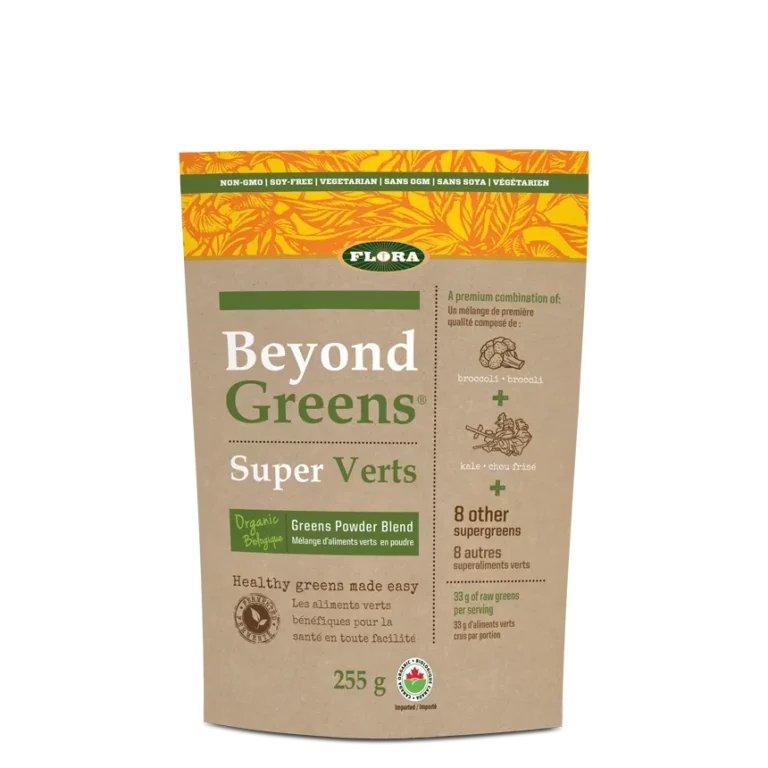Scientific Names of Kale: Brassica oleracea var. acephala DC [Fam. Brassicaceae]
Forms:
Fresh, whole kale; cut and dried or powdered kale; kale standardized extracts.
Traditional Usage:
– Antioxidant
– Blood Purifier
– Breathing Problems
– Cellular Regeneration
– Cleansing
– Colon Disease
– Detoxifying
– Digestive Disorders
– Eyesight Disorders
– Lung Disease
– Respiratory Diseases
– Stomach Disease
– Vascular Deficiencies
– Vitamin Deficiencies
Overview:
Kale, Brassica oleracea var. acephala DC [Fam. Brassicaceae], is a hardy biennial variety of cabbage. Kale is a superior food medicine containing high levels of fiber, provitamin A carotenoids, vitamins C and K, anthocyanins, other antioxidants and anticancer constituents. Based on a vast number of epidemiological studies Brassicaceae vegetables, including kale, prevent the development of abnormal growths more effectively than any other common foods. Kale and other Brassicaceae plants including cabbage, broccoli, cauliflower, Brussels sprouts, mustard greens, collard greens, bok choy and turnips contain specific indoles that activate enzymes in the body that deactivate and dispose of dangerously reactive forms of estrogen thereby reducing the risk of abnormal growths. Indole-3-carbinol accelerates the deactivation of dangerous estrogens in women and men by about 50% at 500mg per day (equivalent to approximately fourteen ounces of raw kale) and also stimulates enzymes that convert reactive estrogens to inert and/or beneficial forms. Women with elevated estrogen metabolism have significantly lower risk of breast, uterine and endometrial abnormal growths. Researchers suspect that Asian women have less breast disease partly because they eat many cruciferous vegetables. Researchers at Eppley Cancer Institute in Nebraska found that feeding animals kale curtailed both the occurrence and the spread of breast abnormal growths. Mice fed indoles also have dramatically reduced rates of breast disease. Cruciferous vegetables like kale also contain a compound called sulforaphane that is a potent inducer of enzymes including quinone reductase and glutathione S-transferase that detoxify carcinogens and flush them from the body. Sulforaphane, along with other isothiocyanates (derived from mustard oil glycosides or glucosinolates), also prevent abnormal growths, particularly of the stomach and colon, and reduce the severity of abnormal growths that do occur. Chemoprevention studies with animals using isothiocyanates also found that they are effective inhibitors of chemicals that induce lung abnormal growths in smokers.
Active Ingredients:
Kale contains: Mustard oil glycosides (glucosinolates), specifically 2-hydroxy-but-3-enylglucosinolate; acetyl-choline; 1.5% ammonia (NH3); aniline; arachidonic acid; .1-.8% ascorbic acid; 1.5-9.9% ash; benzylamine; n-butyl-amine; 0.12-0.77% calcium; 10-64% carbohydrates; beta-carotene; citric acid; copper; dimethylamine; .7-4.5% fat; 1.5-9.6% fiber; folacin; fumaric acid; glucobrassicanapin; glucoiberin; gluconapin; indole-3-acetonitrile; indole-3-carboxaldehyde; indole-3-carboxylic acid; 3-indoyl-methyl-glucosinolate; kaempferol; lauric acid; 0.14-0.89% linoleic acid; 0.2-1.2% linolenic acid; malic acid; methylamine; N-methyl-phenethylamine; myristic acid; niacin; oleic acid; Palmitic acid; pantothenic acid; N-pentyl-amine; phenethylamine; 0.4-3.0% potassium; progoitrin; 3.3-21.2% protein; quercetin; quinic acid; riboflavin; 1-O-sinapoyl-beta-D-glucose; sinigrin; Stearic acid; succinic acid; alpha-tocopherol; toluidene; 84-85% water.
[Information from: Duke JA. 1992. Handbook of Phytochemical Constituents of GRAS Herbs and Other Economic Plants. CRC Press, Boca Raton, FL, pp. 109-110].
Fresh kale contains: Water 84.4%; Protein 3.3%; Total lipid (fat) 0.7%; Carbohydrate, by difference 10.0%; Fiber, total dietary 2.0%; Ash 1.5%. Minerals: Calcium, 135mg/100g; Iron, .1.7mg/100g; Magnesium, 34 mg/100g; Phosphorus, 56 mg/100g; Potassium, 447 mg/100g; Sodium, 43 mg/100g; Zinc, 0.44 mg/100g; Copper, 0.3 mg/100g; Manganese, 0.8 mg/100g; Selenium, Se 0.9 mcg/100g; Vitamin C, 120.0 mg/100g; Thiamin 0.11 mg/100g; Riboflavin 0.13 mg/100g; Niacin 1.0 mg/100g; Pantothenic acid 0.1 mg/100g;
Vitamin B-6 0.3 mg/100g; Folate, 29 mcg/100g; Vitamin A, 8900 IU; Vitamin A, RE 890mcg; Vitamin E (ate) 0.8mg/100g. Lipids: Fatty acids, total saturated 0.1g; Total monounsaturated 0.05g; Total polyunsaturated 0.34g. Amino acids: Tryptophan 0.04g; Threonine 0.15g; Isoleucine 0.2g; Leucine 0.2g; Lysine 0.2g; Methionine 0.03g; Cystine 0.04g; Phenylalanine 0.17g; Tyrosine 0.12g; Valine 0.2g; Arginine 0.2g; Histidine 0.07g; Alanine 0.17g; Aspartic acid 0.3g; Glutamic acid 0.4g; Glycine 0.16g; Proline 0.2g; Serine 0.14g. [USDA Nutrient Database for Standard Reference, Release 14 (July 2001)].
Suggested Amount:
Kale (Brassica oleracea) is generally eaten liberally as a food and is included in the diet as needed according to nutritional requirements. In tests on women and men, indoles “turned up” the estrogen deactivation process by about 50% with 500mg per day, which can be taken using standardized extracts or by eating approximately fourteen ounces of raw or lightly cooked kale. Taking 250mg of a 400:1 standardized extract containing 0.4mg/g sulforaphane is equivalent to one serving (100 grams) of fresh kale or broccoli. Note: Studies show that glucosinolates are hydrolyzed by myrosinase (an enzyme found in plants and bowel microflora) to form isothiocyanates. These studies indicate that isothiocyanates are about six times more bioavailable than glucosinolates, which must first be hydrolyzed. In vivo, isothiocyanates are conjugated with glutathione and then sequentially metabolized to mercapturic acids. These metabolites are collectively designated dithiocarbamates. Thorough chewing of fresh kale exposes the glucosinolates to plant myrosinase and significantly increases dithiocarbamate excretion. These findings will assist in optimizing the benefits of kale and other cruciferous vegetables for preventing disease.
Drug Interactions:
None known.
Contraindications:
None known.
Side Effects:
None known.
References:
Bresnick E, Birt DF, Woterman K, Wheeler M, and Markin RS. 1990. Reduction in mammary tumorigenesis in the rat by cabbage and cabbage residue. Carcinogenesis 11 (7): 1159-1163.
Carper, J. 1993. Food Your Miracle Medicine. HarperCollins Publishers, 10 East 53rd Street, New York, New York 10022-5299. Pp. 218, 222.
Hecht SS. Chemoprevention of cancer by isothiocyanates, modifiers of carcinogen
metabolism. J Nutr. 1999 Mar; 129(3): 768S-774S. Review.
Michnovicz, J. J. 1990. Induction of estradiol metabolism by dietary indole-3-carbinol in humans. Journal of the National Cancer Institute 82(11): 947-949.
Osborne MP. 1999. Chemoprevention of breast cancer. Surg Clin North Am 1999 Oct; 79(5): 1207-21.





